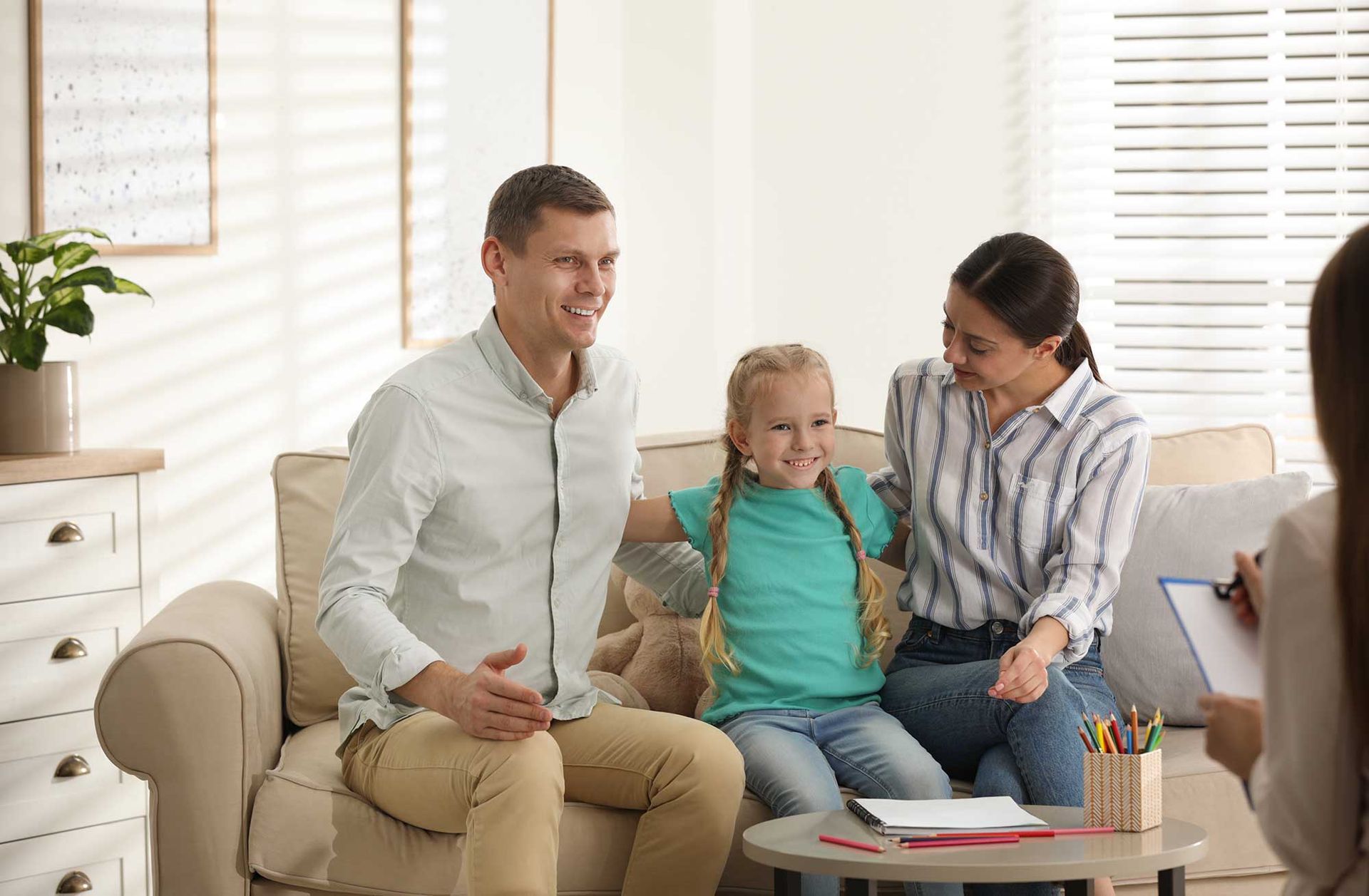Managing Separation Anxiety with Toddlers
Managing Separation Anxiety with Toddlers
Separation anxiety is a normal part of toddler development, but it can be tough—for both the child and the caregiver. Here are practical, compassionate strategies to ease the transition and build your toddler’s confidence.
What Is Separation Anxiety?
It’s the distress toddlers feel when separated from their primary caregivers. It typically peaks between 18 months and 3 years, and can show up as crying, clinginess, or tantrums during drop-offs or goodbyes.
How to Help
- Create a Goodbye Ritual
A special hug, wave, or phrase (“See you after snack time!”) gives your child predictability and comfort.
- Keep Goodbyes Short and Sweet
Lingering can increase anxiety. Be calm, confident, and loving—then leave.
- Practice Separation
Start with short separations at home or with trusted caregivers to build confidence. If you can practice this at the scene of distress, do so. If necessary, reach out to a therapist to help you with these transitions.
- Stay Consistent
Routine helps toddlers feel secure. Stick to regular drop-off times and pick-up routines. Also praise your child for their ability to handle the distress that came during the day. "Wow, look how you were able to handle your big feelings from today. This morning was really scary and you got through it!"
- Foster a Relationship with Another Safe Adult
Is there a safe, consistent adult that you can help your child establish trust with? At school, this might mean getting there 10 minutes early and having your child, you, and the teacher spending a few minutes together. Do a short activity that involves all three of you. Then have your child and the teacher do the activity while you sit back. Your child is building this relationship and will be much more likely to feel safe with this new adult. If you can't do this, simply having the same caregiver receive your child at drop off can be helpful.
- Offer a Comfort Object
A favorite stuffed animal or blanket can provide reassurance when you're away. You can also provide a transition object like a stamp on the hand, a picture of the two of you, a button in the pocket, etc. Something that reminds your child that you are there with them and will be back to pick them up.
- Talk About It
Use simple language to explain where you’re going and when you’ll be back. Books about separation can also help. The Invisible String by Patrice Karst is a wonderful book to help kids feel close to their caregivers while they are away. Use feelings language. You can prep your child about what is going to happen, but also prep them on the feelings they might experience. "Daddy is going to say goodbye at the door. You may feel a little scared or sad and that's ok. Remember you have your (comfort object, transition object, etc.) if you need help. (Teacher, caregiver, family, etc.) will be there to help you too. Daddy will be back after nap time."
Common Mistakes to Avoid
- Sneaking Away
Leaving without saying goodbye may seem easier, but it can break trust and increase anxiety.
- Showing Your Own Anxiety
Toddlers pick up on your emotions. Stay calm and confident to help them feel secure.
- Giving In to Prolonged Goodbyes
Long, emotional farewells can make separation harder. Keep it brief and positive. If you have decided you will give one hug and one high five to say goodbye, do not allow for 6 hugs and 3 high fives. Your child will ask for this. You need to set the boundary to show your child they can handle the goodbye with what you have already established.
- Punishing Clingy Behavior
Separation anxiety is not misbehavior. Respond with empathy, not discipline. Get on your child's level physically and validate the scary feeling they are having. It is so understandable! Of course they want to stay with you! Put yourself in your child's 2 year old shoes for a minute.
- Changing Routines Frequently
Inconsistency can make toddlers feel unsafe. Stick to predictable patterns. Who drops the child off, what you say, what your goodbye ritual is, who receives the child, etc. You can slowly mix this up once the child gets used to this to help them handle change, but do not start with unpredictability.
Remember
Separation anxiety is a sign of healthy attachment in these toddler years. With patience, empathy, and consistency, your toddler will learn that goodbyes are temporary—and reunions are sweet. Seeking more help with this? Consider Connected Counseling, located in Carmel, IN to walk alongside you and your family as your child finds safety in new relationships.



